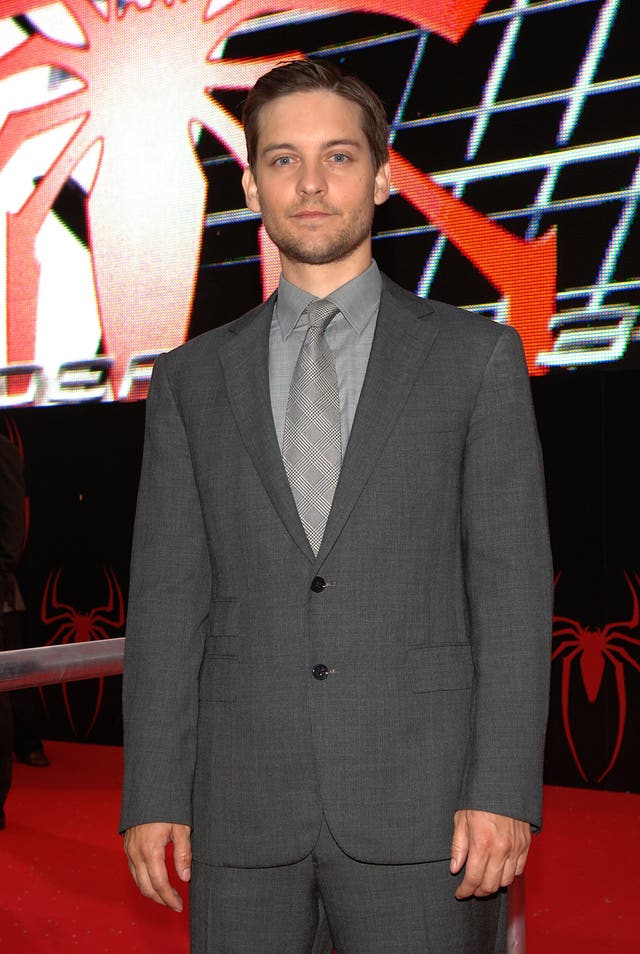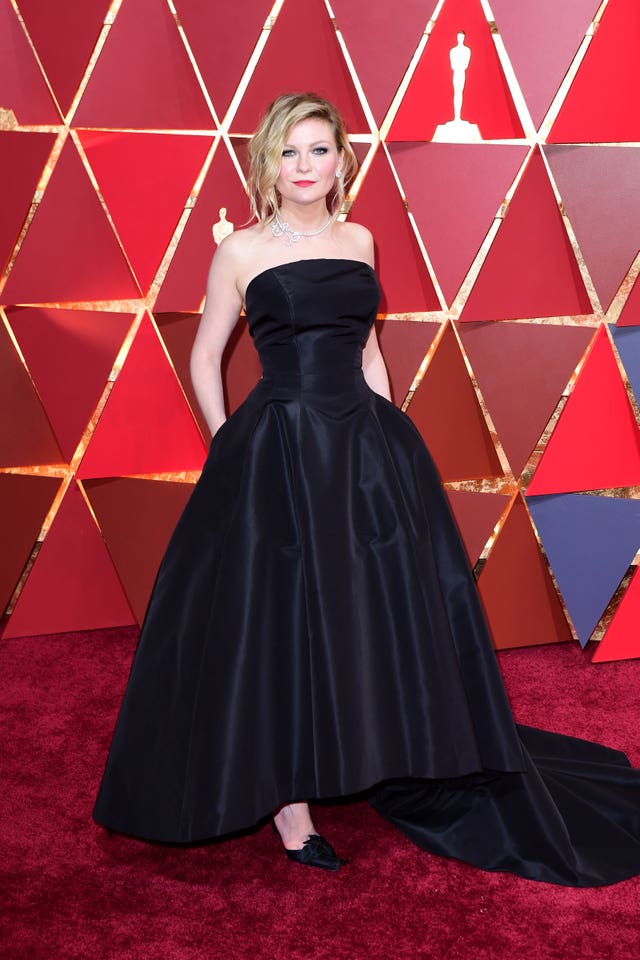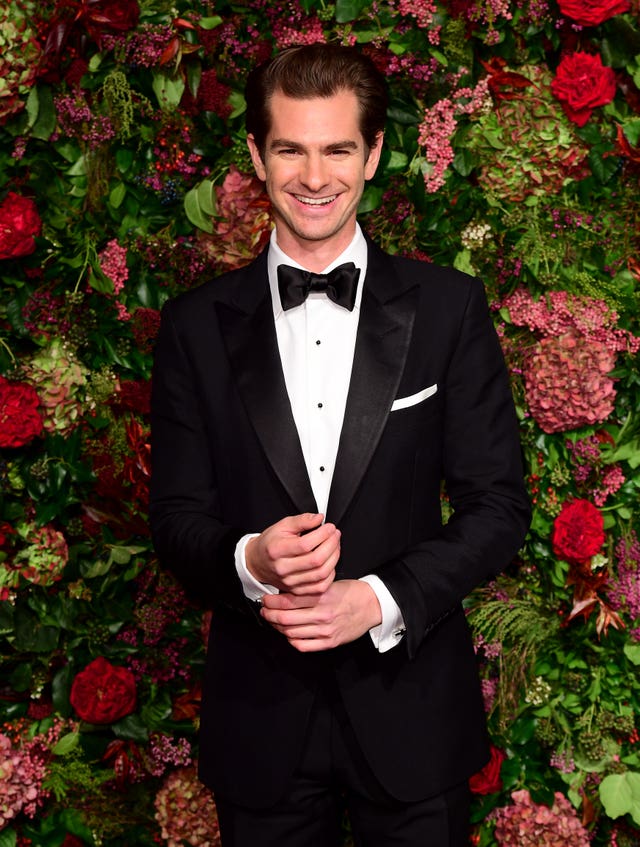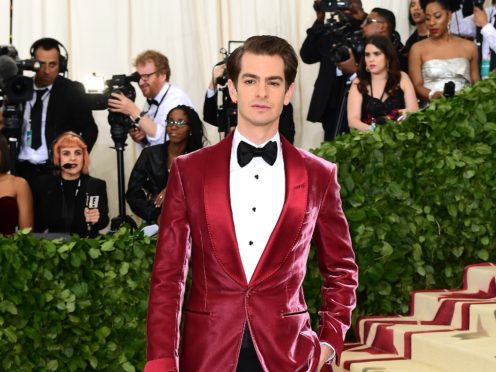Fans have reacted with dismay following reports that Spider-Man may exit the Marvel Cinematic Universe (MCU).
Spider-Man was integrated into the MCU with 2016’s Captain America: Civil War following a landmark deal between Sony Pictures and Marvel.
The beloved character has now become a key part of the universe.
But Spider-Man’s future in the MCU appears to be in doubt amid reports Sony Pictures, which has held the rights to the films since 1999, could not come to an agreement with Marvel’s parent company, Disney, over future films.
Many Spidey fans pointed the finger of blame at Sony and suggested any films made without Marvel and its super producer Kevin Feige would fail to match the heights of 2017’s Homecoming and 2019’s Far From Home.
Here’s how the Sony Spider-Man films performed before being integrated into the MCU.
Spider-Man (2002)

The first instalment in Sony’s trilogy starred Tobey Maguire as the web-slinging superhero, with Willem Dafoe as the villain Norman Osborn, also known as Green Goblin, and Kirsten Dunst as the love interest Mary Jane Watson.
The film was a box office smash, generating 821.7 million US dollars (£676 million).
And Spider-Man was a critical success, scoring a 90% rating on review aggregate website Rotten Tomatoes.
Spider-Man 2 (2004)
Director Sam Raimi’s second stab at Spider-Man introduced British actor Alfred Molina, who starred as the villainous Otto Octavius, better known as Doctor Octopus.
Dunst returned as Mary Jane while Maguire also reprised his role. The film won the Oscar for best visual effects and grossed an impressive 783.8 million US dollars (£644 million).
And it achieved a better critical score than its predecessor, achieving a rating of 93% on Rotten Tomatoes.
Spider-Man 3 (2007)

The final instalment in the original trilogy marked Maguire’s last outing as Peter Parker.
This time, he was up against James Franco’s Harry Osborn, who was seeking revenge for his father’s death, and super villain Sandman.
Spider-Man 3 was another box office smash and the most successful film in the trilogy, with a worldwide gross of 890.9 million US dollars (£732 million).
However, critics were cold on it and it currently holds a Rotten Tomatoes score of 63%.
The Amazing Spider-Man (2012)

The franchise was rebooted in 2012, with British actor Andrew Garfield in the title role.
Oscar-winning actress Emma Stone starred as love interest Gwen Stacy, while Rhys Ifans appearing in the role of villain as The Lizard.
The Amazing Spider-Man was another box office success, grossing 757.9 million US dollars (£623 million) worldwide.
Critics were less enthusiastic and the film holds a 72% rating on Rotten Tomatoes.
The Amazing Spider-Man 2 (2014)
Garfield reprised his role for the sequel, but it would be the last time he slipped into the famous blue and red suit.
Stone also returned, while the film introduced Jamie Foxx as the villain Electro.
The second film since the reboot was another success at the box office, earning 709 million US dollars (£583 million).
However, it was a critical failure, holding a 52% score on Rotten Tomatoes.
The MCU films (2017-2019)

The franchise had another reboot of sorts, this time with Tom Holland as Spider-Man. Following a landmark 2015 deal between Sony and Marvel, the character was integrated into the MCU.
2017’s Spider-Man: Homecoming earned 880.2 million US dollars (£724 million) at the global box office and holds an impressive 92% rating on Rotten Tomatoes.
Its sequel, 2019’s Far From Home, became the first Spider-Man film to break the billion dollar barrier at the box office and earned a 90% rating on Rotten Tomatoes.
